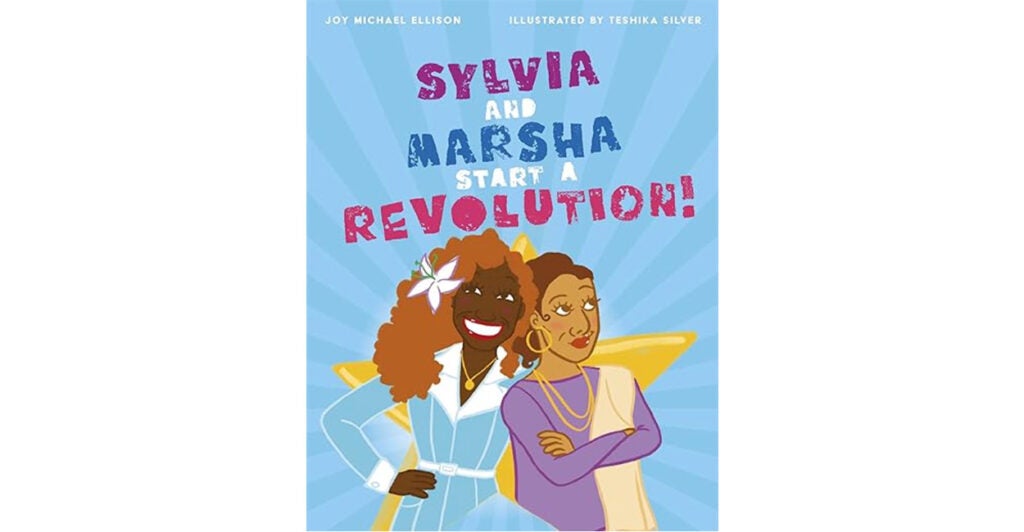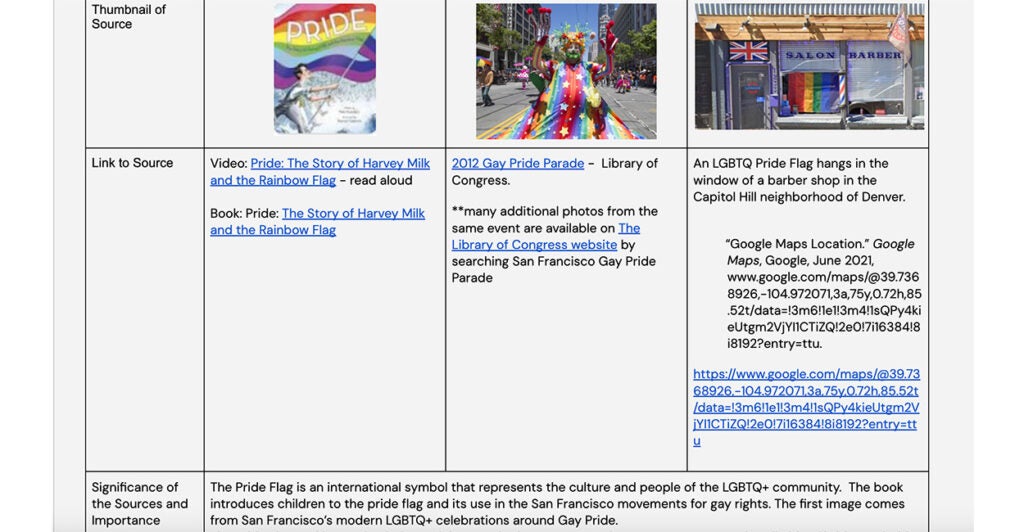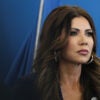Colorado’s new LGBTQ social studies standards, which include first grade lessons on LGBTQ history, transgenderism, and the rainbow flag, is age-inappropriate and pushes a radical agenda, some parents in the state complain.
“I don’t want my first grader learning anything about LGBTQ issues at all in school,” a Colorado father of a first grader who asked to remain anonymous told The Daily Signal. “If there was no agenda, then it wouldn’t be taught. For the schools or the district to have an agenda is the same to me as indoctrination.”
The Colorado State Board of Education approved the new social studies standards in November 2022 to take effect in fall 2024. The standards incorporate the “historical and civic contributions of LGBTQ+” in first through 12th grade history and civics curriculum.
The Colorado Department of Education did not respond to The Daily Signal’s request for comment.
In first grade civics, the education department recommends children read “Sylvia and Marsha Start a Revolution,” the story of two black transgender “women” who “helped kickstart the Stonewall Riots” and “dedicated their lives to fighting for LGBTQ+ equality,” according to the description of it on Amazon.

Other in-class reading includes “The Story of Pete Buttigieg – Mayor Pete,” a children’s biography of the first openly gay presidential candidate, now the federal secretary of transportation, and an article about the current governor of Colorado, Jared Polis, who is gay.
“Indoctrination to me means that the schools feel there is a necessity to override parenting, given there’s inherently going to be some inconsistencies with many families’ parenting and instruction to their children, and any school’s social agenda of this sort,” the first grader’s dad said.
Colorado state Rep. Brandi Bradley opposes the standards because they teach children a “false narrative” and lead them down a path “to lifelong sterility and mutilation,” she said, referencing transgenderism.
“This is child abuse, plain and simple,” Bradley, a public school mom, told The Daily Signal. “It’s pedophilia. It’s sexual perversion.”
In history class, first graders will “discuss common and unique characteristics of different cultures, including African American, Latino, Asian American, Hawaiian/Pacific Islanders, Indigenous Peoples, LGBTQ, and religious minorities, using multiple sources of information.”
In lessons on the Pride flag, 6-year-olds read “Pride: The Story of Harvey Milk and the Rainbow Flag” and learn about the 2012 Gay Pride Parade in San Francisco, according to the Colorado Board of Education. Milk, who was gay, was a member of the San Francisco Board of Supervisors.
“The Pride Flag is an international symbol that represents the culture and people of the LGBTQ+ community,” the standards read. “The book introduces children to the Pride flag and its use in the San Francisco movements for gay rights. The first image comes from San Francisco’s modern LGBTQ+ celebrations around Gay Pride.”
The rainbow flag is a “symbol of equality for citizens,” according to the standards.
“The Pride Flag and its use in clothes, stickers, and other representations are a common and easily identifiable symbol for a community who has struggled to be seen,” the guide for first grade teachers continues. “By displaying the symbol, LGBTQ+ people can feel included and respected.”

First graders who can “discuss, identify, and explain important LGBTQ+ symbols” will be considered “prepared graduates” under the newly implemented standards.
“There should be 100% agreement that kids of that age can’t think through these issues by themselves or even have a frame of reference for the issue, which makes the age too young to present the material,” according to the father of the first grader.
“Therefore, when the school constructs the frame of reference for the kids and then presents the material, it’s pure indoctrination,” he said.
Second graders read “When You Look Out the Window,” which focuses on a lesbian couple who move to San Francisco, and study rainbow crosswalks in Denver, which the standards say “visually demonstrate this diverse neighborhood’s connection and support of the LGBTQ+ community.”
Recommended reading includes “If You’re a Kid Like Gavin: The True Story of a Young Trans Activist,” a children’s story about a biological female who lobbied to use the boys bathroom to match her “gender identity.”
“Gavin chose to correct others when they got his pronouns wrong,” the Amazon description reads. “He asked to be respected. He stood up for himself. Gavin proved that his school had violated his constitutional rights and had the Supreme Court uphold his case—bringing about a historic win for trans rights. There are many kids out there, some just like Gavin Grimm, and they might even be you.”
Fourth graders read “Donovan’s Big Day,” the story of a lesbian marriage from the perspective of a little boy.
Fifth graders learn an answer to the question of “what barriers to citizenship have affected people including African Americans, Latinos, Asian Americans, Hawaiian/Pacific Islanders, Indigenous Peoples, LGBTQ, and religious minorities?”
In sixth grade, the standards feature lessons on LGBTQ Native Americans. They learn to answer: “What values do different indigenous cultures have around gender and LGBTQ people?”
Sixth graders learn about the term “two spirit” though a video explaining that it refers to Native American people “believed to be blessed with both male and female spirits.”
Any lessons on LGBTQ history should be delivered objectively and should be optional, a Colorado mom of a preschooler and of a sixth grader told The Daily Signal.
“Ultimately, this feels like another attempt by the government [and] schools to make values-based decisions for families as this gender-ideology issue persists,” the mother of two said, “and they are coming after younger and younger students in their attempts to normalize the issue and force widespread acceptance.”































